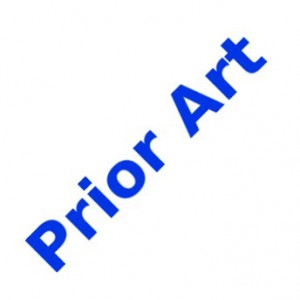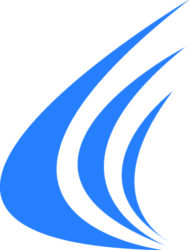 In general, the US only rewards inventors that conceive of “new” ideas or inventions. To determine if an invention is “new” the US Patent Office (or a US Court) compares the invention to “prior art.”
In general, the US only rewards inventors that conceive of “new” ideas or inventions. To determine if an invention is “new” the US Patent Office (or a US Court) compares the invention to “prior art.”
In general, “prior art” consists of disclosures or events that occur before a person conceives of an invention, or in some cases before a person files a patent application. In the United States, this concept will change after March 16, 2013 under the new patent law (the Amercia Invents Act or “AIA”). Prior art is important because, if that prior art discloses or suggests the invention, then the invention is not considered new and the prior art disqualifies a patent from being granted on the invention.
Pre-AIA
For US patent applications filed before March 16, 2013, an inventor could “disqualify” some prior disclosures and events as prior art by showing that he conceived of his invention and worked on the invention diligently before the date of the prior disclosure or event, as long as the prior disclosure or event did not occur more than one year before the inventor filed his US patent application on the idea. This allowed an inventor to benefit from his invention without the inventor having to rush to file a US patent application, as long as he still filed promptly within one year from the first occurrence of the prior disclosure or event.
Post-AIA
For US patent applications filed after March 16, 2013, prior disclosures or events that occur before the inventor actually files his US patent application cannot be disqualified as prior art by the inventor unless the inventor can demonstrate that the prior disclosure or event was in fact derived from the inventor’s own work and the disclosure or event occurred less than one year before the inventor filed his patent application. Thus, under the new patent law, an inventor can disqualify a prior disclosure or event by another person as prior art if he can show that the disclosure or event was his own work, i. e., the disclosure or event was not independently created by the other person, and the disclosure or event occurred less than one year before his US patent application was filed. Also, be aware that this is the law in the US; in many countries any disclosure or event that occurs before a patent application is filed, even of the inventor’s own work, depending on the circumstances, can disqualify the patent application.
Examples of Prior Art
What types of disclosures could be considered as “prior art?” Any publication such as a brochure, a magazine article, a published patent or patent application, advertising, a web page, a college thesis, or instructions that accompany a product may be considered a prior art disclosure depending on the circumstances. The text of the publication may be in any language. The disclosure can be no language at all, just pictures. The publication can be located in any country of the world.
What types of events could be considered as “prior art?” A public showing of a product, a public or private offer for sale, a sale of a product, prior invention by another, a prior filed patent application, public use or commercial use of a product, or public knowledge of the invention are all examples of events that could be considered “prior art” depending on the circumstances.
Exceptions
There are exceptions to the above disclosures and events qualifying as prior art. For example, some public uses may be considered experimental under some circumstances. Some inventions by another person may not be prior art if the prior invention remained secret and was abandoned by the prior inventor. There also may be ambiguity in what is considered a “public” showing or use, or a “publication.” It is important to review particular details of the suspected prior art with a patent attorney.
